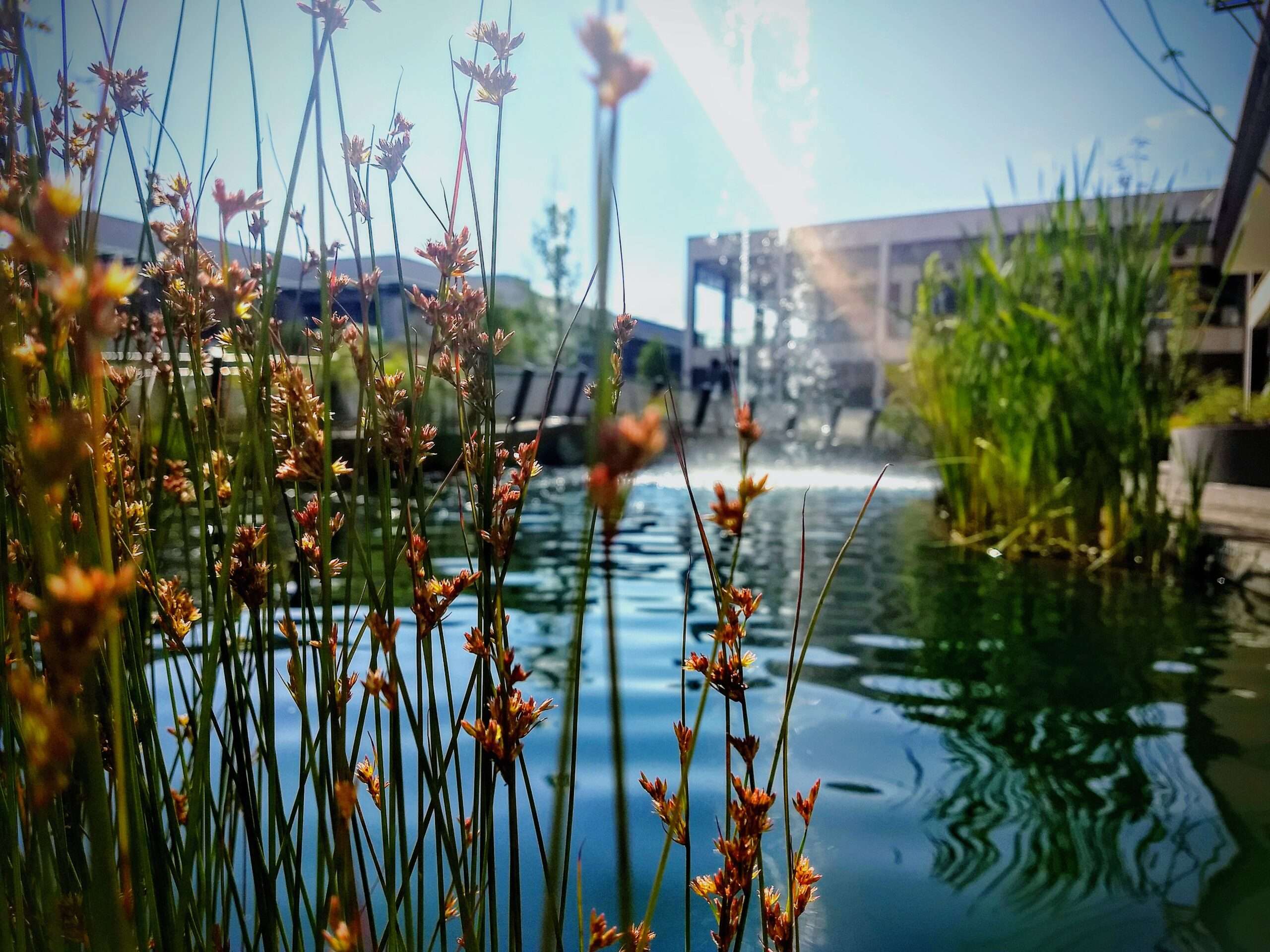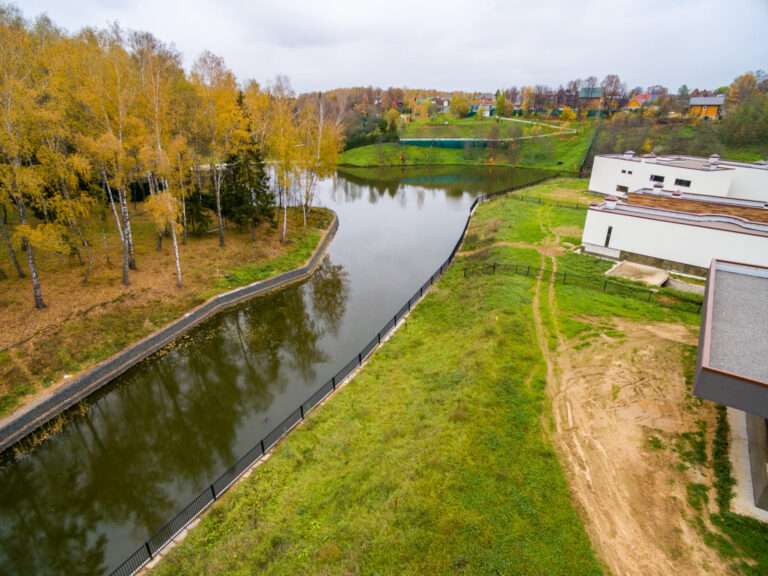Restoring Wetlands on Commercial Sites: A Practical Guide to Greener Development
Wetlands are some of the UK’s most valuable yet underappreciated natural assets. For commercial developments, integrating wetland restoration isn’t just about compliance or carbon offsetting — it’s a powerful step towards biodiversity, drainage resilience, and public goodwill. With thoughtful planning and the right expertise, restoring wetlands on commercial sites can turn low-value land into a vibrant ecological and strategic asset.
In this article, we’ll explore the key benefits, frequently asked questions, and expert strategies for restoring wetlands on commercial land. If you’re managing a project and seeking both cost-effective and environmentally sound results, this is your guide.
Why Restore Wetlands on Commercial Sites?
Wetlands play a vital role in maintaining ecosystem balance. On commercial sites, restored wetlands can:
- Improve surface water management and reduce flood risk through natural drainage.
- Enhance biodiversity by supporting aquatic and marginal plant life, insects, amphibians, birds, and mammals.
- Increase site value and improve planning appeal with green credentials.
- Contribute to BNG (Biodiversity Net Gain) and carbon offset strategies.
- Transform overlooked land into natural assets for staff and public engagement.
A restored wetland offers a highly visual and ecological return on investment — especially for business parks, retail parks, transport hubs, and public sector projects.
Key Components of Wetland Restoration
Restoring a wetland isn’t about digging a pond and hoping for the best. It requires expertise in hydrology, ecology, and landscaping. The main elements include:
1. Hydrology Assessment
Understanding water sources (surface runoff, groundwater, rainfall) is the foundation. Drainage must be adapted to retain water in a balanced and functional way.
2. Excavation and Contouring
Carefully shaped basins, scrapes, and marginal gradients help hold water and encourage diverse plant and animal life. Avoid steep slopes — natural banks encourage species growth and safety.
3. Soil Management
Use subsoil and nutrient-poor substrates to discourage invasive weeds and support wild wetland plants. Organic matter should be minimal.
4. Planting Strategy
Include a mix of native aquatic, emergent and marginal plants. Think reeds, sedges, flag iris, marsh marigold, and rushes — all adapted to the UK’s conditions.
5. Inlet/Outlet Control
Structures like swales, bunds, and leaky dams help control flow and maintain wetland conditions throughout the year.
Frequently Asked Questions
Do restored wetlands require planning permission?
Yes, in most cases. Wetlands may impact drainage systems, water tables or designated conservation zones. Local authorities usually require surveys and management plans.
Can a wetland help us meet biodiversity net gain requirements?
Definitely. Wetlands rank highly for habitat distinctiveness and multifunctionality — contributing significantly to BNG calculations when designed and managed correctly.
What maintenance does a commercial wetland need?
Seasonal checks for invasive species, vegetation control, sediment removal (every few years), and occasional fence or path maintenance. Minimal but essential for long-term function.
Will a wetland attract pests?
Not if it’s designed well. Balanced ecosystems discourage mosquito build-up and rodents. In fact, restored wetlands often bring ecological stability and reduce problem species.
How long before we see results?
You’ll see visual improvements within the first growing season. Biodiversity — birds, amphibians, pollinators — starts increasing rapidly, often within 6–12 months.
Commercial Benefits That Go Beyond Ecology
The business case for restoring wetlands is strong. Here’s why developers, contractors and estate managers are investing in them:
- Improved drainage compliance — supports SuDS strategies and reduces insurance risks.
- Planning advantages — projects with ecological enhancements tend to progress more smoothly.
- Boosted employee wellbeing — green features improve morale, especially in office parks and campuses.
- Public perception and CSR gains — wetland restoration aligns with sustainability commitments and ESG targets.
- Cost-efficiency — long-term savings in flood prevention, infrastructure, and maintenance.
How to Get Started with Wetland Restoration
If you’re considering wetland restoration on a commercial site, follow these steps:
1. Undertake a Feasibility Survey
Assess site drainage, topography, soil type and space availability. Wetland restoration isn’t suitable for every site, but many have untapped potential.
2. Engage Experts Early
Specialist contractors understand how to integrate ecological objectives with construction timelines. Collaboration at the early design stage avoids costly rework.
3. Consider Phased Restoration
For large or live sites, phased restoration allows for gradual implementation without disrupting operations.
4. Plan for Aftercare
Even low-maintenance wetlands need some monitoring and seasonal intervention. Include a basic 5-year management plan from the start.
For expert guidance and proven restoration services, explore our Wetland & Waterway Restoration page.
Conclusion
Restoring wetlands on commercial sites is more than a box-ticking exercise — it’s a strategic investment in your land, brand, and environmental impact. Whether you’re repurposing a brownfield patch or integrating natural water features into a new build, wetlands bring exceptional ecological, operational and reputational value.
With the right approach, even modest spaces can be transformed into havens for biodiversity, boosting site appeal while supporting national restoration goals.
Killingley Insights is the editorial voice of NT Killingley Ltd, drawing on decades of experience in landscaping, environmental enhancements, and civil engineering projects across the UK.








